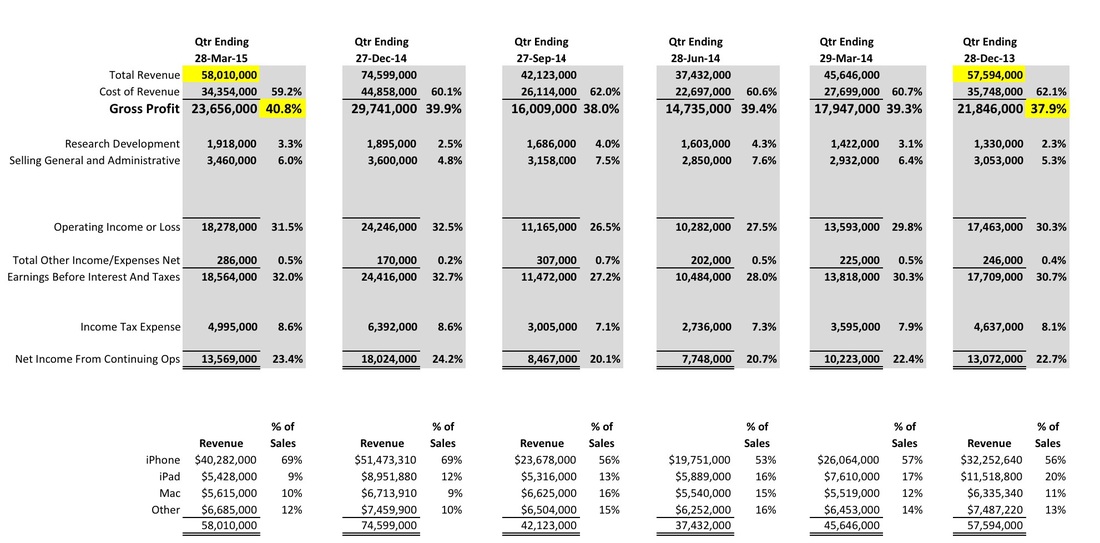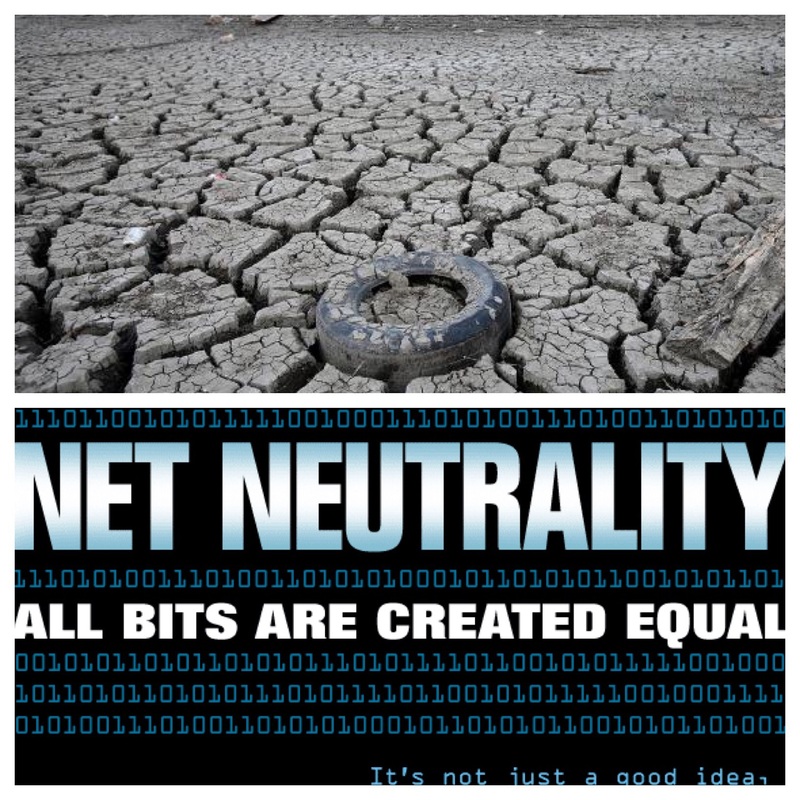|
Accountants always follow one specific rule. When an outside auditor asks you for information you give the absolute minimum that is required while still satisfying the request. An example would be that if you are asked to provide sales for a particular period, you don't give information pertaining to any other period. Why? Because comparing different periods allows you to see trends and anomalies. This will trigger more questions and requests for more information. Meaning more work for you.
While watching coverage of the California drought and the state government's predicament with how to handle the farming industry's use of water, it occurred to me that this is a similar situation to the net-neutrality debate.
In California, there is a huge underground reservoir of water that is used both by large industrial and small residential customers. Whether you're watering your almond trees or brushing your teeth, it all comes from the same source. The problem that California is dealing with is that most of the water, approximately 70%, is being used by relatively few users, and there is nothing that they can do about it. These are the farmers who have senior water rights and have been shielded by any efforts to curb their water usage. The cost accountant inside me always had a problem with "net neutrality". The world of activity based costing is one in which every resource you consume has a price tag attached. And that price tag ultimately has to be passed on to the customer. If a company is asking for preferential service from a vendor, say next-day-air delivery for a package versus two-day shipment, he can get it for a higher price.
I bought my first MacBook in the fall of 2012 when the 13" Retina MacBook Pro debuted. I remember the thing that stuck out to me the most on what makes Apple special was the MagSafe 2 connector. I remember seeing it for the first time and being astounded that a laptop manufacturer had gone through the time and expense of designing a power connector that wouldn't destroy your laptop. If someone tugged on the cord, the magnet would give way. If you held the cord close to the power port, it clicked into place just where it needed to go. Genius! Here was a company that truly sweats the details and wasn’t afraid to add cost to the laptop if it made sense.
It's always important to manage a business based on where you want to be long term versus falling into the trap of only deciding what you need to do in the short term. When I worked for the Batesville Casket Company I spent most of my time modeling what our business would look like in the next five years with various volume assumptions and trying to summarize what type of assets we'd need, or not need, to operate profitably at those levels. It wasn't much different from the proverbial farmer who needed to keep his eye on a tree in the distance so his furrow gets plowed in a straight line.
I haven't seen a better side-by-side comparison of two companies who illustrate the two sides of that coin than Apple and Samsung. You may not always agree with the changes that Apple makes to their devices, but in hindsight everyone can see where they were going. Samsung on the other hand, puts their finger in the air and tries to guess where the market is going in the next year, so that they can beat everyone there. Apple Insider's Dan Dilger writes about the consequences of the decision's made at the two companies here... Samsung Galaxy S6 delivers poor graphics performance vs Apple's iPhone 6 |
Robert PerezManufacturing and distribution analysis since 1993. Perezonomics is available in Apple News
Archives
October 2024
|







 RSS Feed
RSS Feed